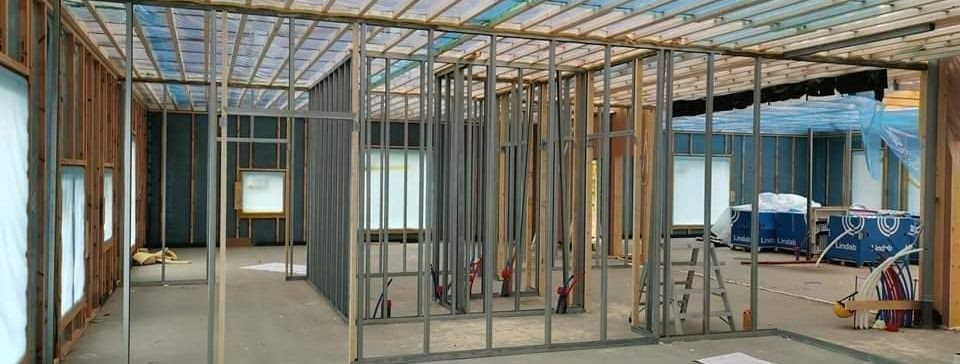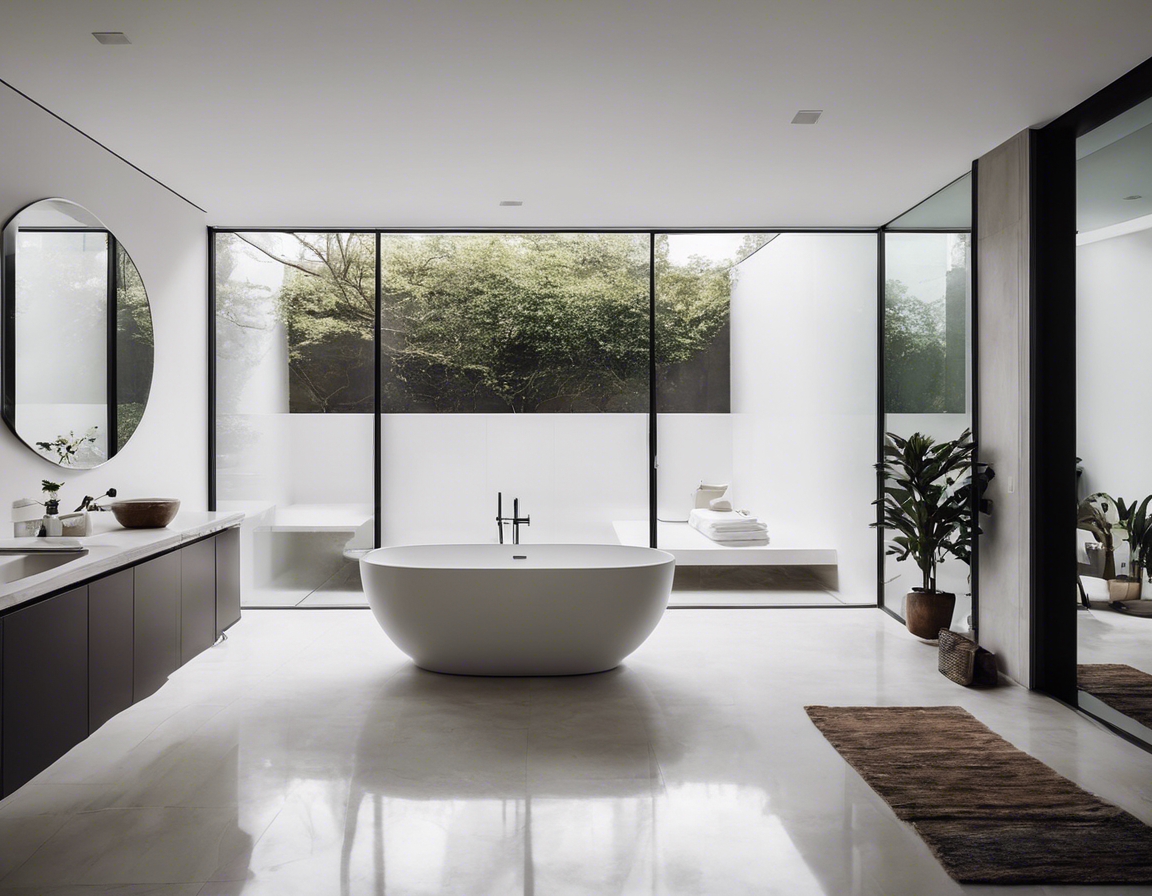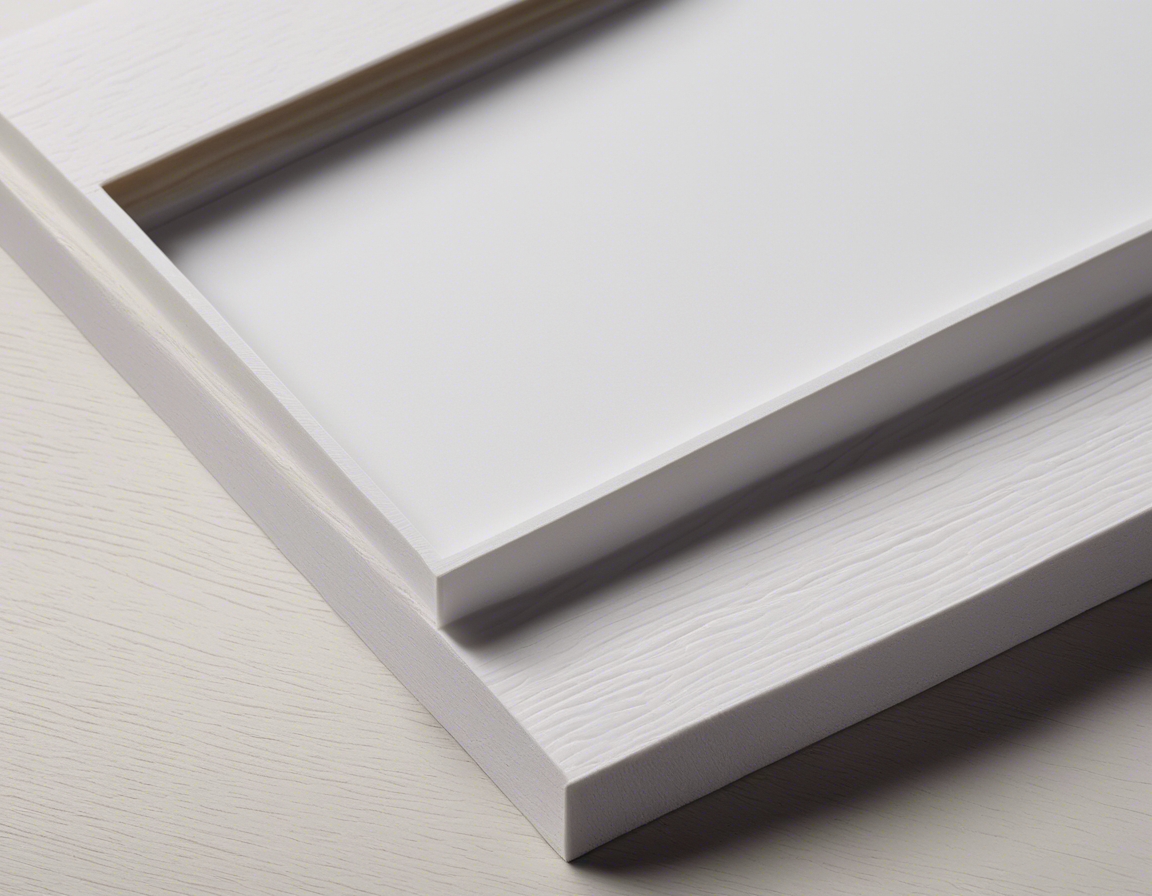Composite vs. wood: the best choice for your home
When it comes to home construction, the materials you choose are the foundation of your home's longevity, aesthetic, and overall value. Selecting the right materials is crucial for ensuring that your home can withstand the test of time and the elements, while also aligning with your personal values and style preferences.
In the debate between composite and wood materials for home construction, each offers unique benefits and considerations. Wood has been a traditional favorite for its natural beauty and classic appeal, while composite materials have emerged as a modern alternative known for their durability and low maintenance.
Understanding Wood as a Building Material
Wood materials for construction range from softwoods like pine and cedar to hardwoods such as oak and maple. Each type of wood has its own set of characteristics that make it suitable for different applications within the home.
Wood is revered for its natural beauty and versatility. However, it requires regular maintenance to protect against decay, pests, and weather damage. The cost can also vary significantly depending on the type of wood and its availability in your region.
Exploring Composite Materials
Composite materials are made from a blend of wood fibers and plastics, creating a product that combines the best qualities of both materials. They are designed to mimic the look of wood while offering enhanced durability and less maintenance.
Composites are praised for their resistance to rot, pests, and weather-related damage. They require minimal upkeep and can last for decades. On the downside, they can be more expensive upfront and may not have the same natural look and feel as real wood.
Comparative Analysis: Composite vs. Wood
When comparing the durability of composite and wood, composites often come out ahead due to their resistance to the elements and low maintenance requirements. Wood, while durable if properly maintained, can be susceptible to damage over time.
The aesthetic appeal of wood is unmatched, offering a timeless look that many homeowners desire. Composites, while improving in appearance, may not fully replicate the warmth and character of wood.
Wood is a natural, renewable resource, but its sustainability can be impacted by deforestation and the treatment chemicals used. Composites, made from recycled materials, can be a more eco-friendly option, though their production process also has environmental considerations.
Initial costs for composite materials can be higher than wood, but the long-term savings on maintenance can offset this. Wood may require a smaller upfront investment but can incur higher costs over time due to maintenance and potential replacement.
Depending on your location, certain materials may be better suited to the climate and weather conditions. Composites are generally more resistant to humidity, temperature changes, and salty air, making them ideal for certain regions.
Factors to Consider When Choosing Materials for Your Home
Consider the expected lifespan and performance of the materials in your specific environment. This will help ensure that your home remains safe and comfortable for years to come.
Evaluating the environmental impact of your material choices is important, especially for our eco-conscious audience. Both wood and composites have their pros and cons in this regard.
The ease of installation and the cost of labor can also influence your decision. Composites can be easier to install and require less specialized labor, potentially saving on construction costs.
Finally, consider how your choice of materials will affect the resale value of your home. Market preferences can vary, but homes built with quality materials that are aesthetically pleasing and low maintenance may have an advantage.






Comments (0)